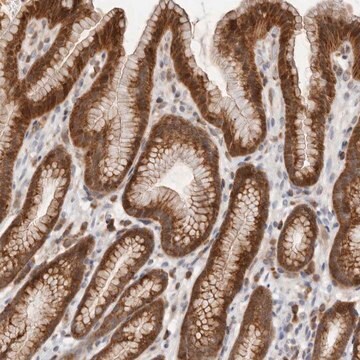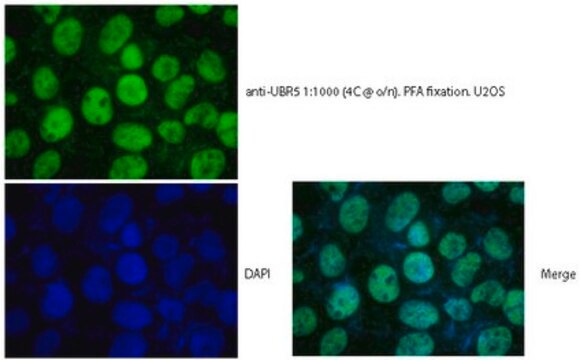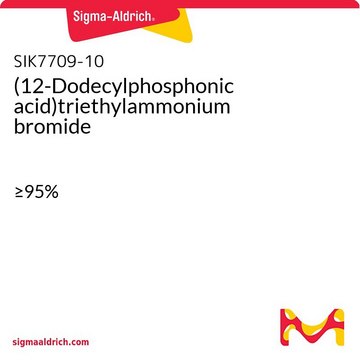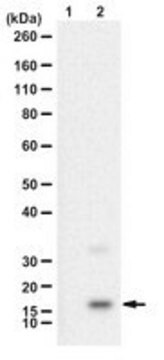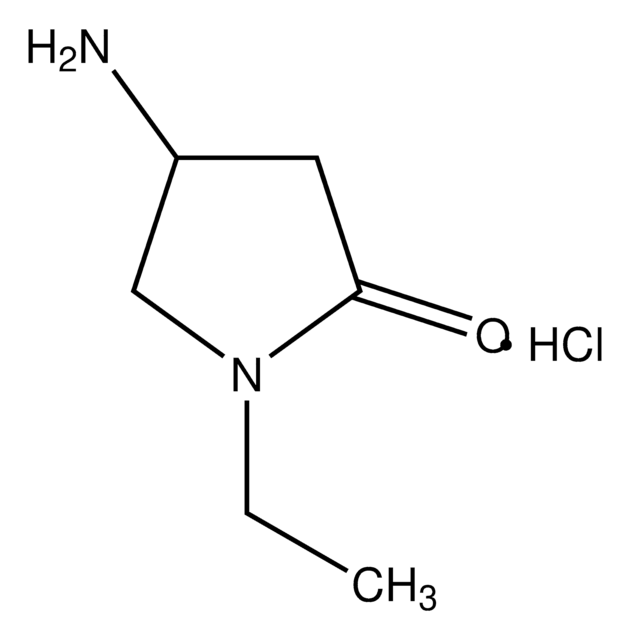ABC1391
Anti-Ring Finger Protein 213 (RNF213)
from rabbit
Synonym(s):
E3 ubiquitin-protein ligase RNF213, ALK lymphoma oligomerization partner on chromosome 17, Mysterin, RING finger protein 213, RING-type E3 ubiquitin transferase RNF213
About This Item
Recommended Products
biological source
rabbit
antibody form
purified antibody
antibody product type
primary antibodies
clone
polyclonal
species reactivity
human, mouse
packaging
antibody small pack of 25 μg
technique(s)
immunocytochemistry: suitable
immunoprecipitation (IP): suitable
western blot: suitable
isotype
IgG
NCBI accession no.
UniProt accession no.
shipped in
ambient
target post-translational modification
unmodified
Gene Information
human ... RNF213(57674)
General description
Specificity
Immunogen
Application
Western Blotting Analysis: A 1:2,000 dilution from a representative lot detected Ring Finger Protein 213 (RNF213) in HUVEC transfected with siRNA213 (Courtesy of Dr Akio Koizumi at Kyoto University).
Immunocytochemistry Analysis: A representative lot detected Ring Finger Protein 213 (RNF213) in HeLa cells treated with RNF213 siRNA (Hitomi, T., et. al. (2013). Biochem Biophys Res Commun. 438(1):13-9).
Western Blotting Analysis: A representative lot detected Ring Finger Protein 213 (RNF213) in Western Blotting applications (Hitomi, T., et. al. (2013). Biochem Biophys Res Commun. 438(1):13-9; Banh, R.S., et. al. (2016). Nat Cell Biol. 18(7):803-13; Kobayashi, H., et. al. (2015). J Am Heart Assoc. 4(7)).
Quality
Western Blotting Analysis: 1 µg/mL of this antibody detected Ring Finger Protein 213 (RNF213) in HEK293T cells transfected with 3XFlag RNF213 wild-type.
Target description
Physical form
Other Notes
Not finding the right product?
Try our Product Selector Tool.
Storage Class Code
12 - Non Combustible Liquids
WGK
WGK 2
Flash Point(F)
does not flash
Flash Point(C)
does not flash
Certificates of Analysis (COA)
Search for Certificates of Analysis (COA) by entering the products Lot/Batch Number. Lot and Batch Numbers can be found on a product’s label following the words ‘Lot’ or ‘Batch’.
Already Own This Product?
Find documentation for the products that you have recently purchased in the Document Library.
Our team of scientists has experience in all areas of research including Life Science, Material Science, Chemical Synthesis, Chromatography, Analytical and many others.
Contact Technical Service
